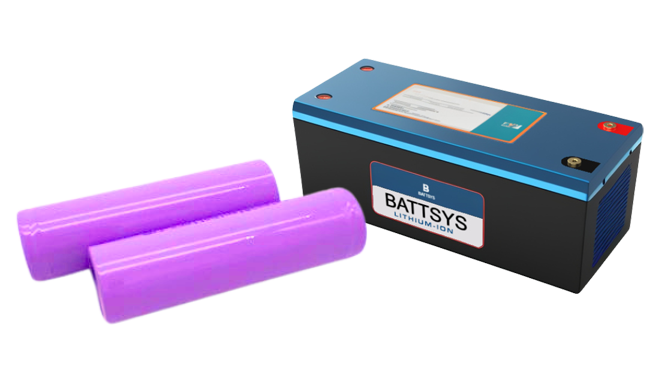New diaphragm enhances the safety of lithium-ion batteries.
Science and Technology Daily (reporter Jie Manbin) On January 9, the reporter learned from the Institute of Modern Physics of the Chinese Academy of Sciences that the scientific researchers of the Institute's Materials Center, in cooperation with the Guangdong Provincial Laboratory of Advanced Energy Science and Technology, have successfully developed a high-temperature polyethylene terephthalate (PET) membrane for lithium-ion batteries by using heavy ion irradiation technology and chemical etching process. The relevant paper was published in the international journal ACS Applied Materials and Interfaces.

Yao Huijun, a researcher in the Material Center of the Institute of Modern Physics of the Chinese Academy of Sciences, said that the diaphragm, as one of the key components of the lithium-ion battery, plays an important role in isolating the positive and negative electrodes to prevent short circuit of the battery and providing a channel for the free shuttle of lithium ions. Its performance has an important impact on the safety of the battery. At present, people mainly improve the high-temperature resistance of polyolefin membranes by coating them with high-temperature resistant materials, thereby enhancing the safety of batteries.
However, this method cannot fundamentally change the poor thermal stability of polyolefin membranes, "said Duan Jing, the head of the key technology team for heavy ion microporous membranes at Dongjiang Laboratory, who participated in the research. Therefore, developing new lithium-ion battery membranes and processes with high temperature resistance has become an important way and means to improve the safety of lithium-ion batteries.
Researchers have utilized the Lanzhou Heavy Ion Research Facility (HIRFL) to combine heavy ion irradiation technology with chemical etching process, and successfully developed a PET based high-temperature resistant lithium-ion battery separator using PET separator as the substrate. Compared with commercial polyolefin separators, this lithium-ion battery separator not only has a more uniform pore size distribution and better electrolyte wettability, but also exhibits good high-temperature resistance in the prepared PET separator. The battery test results show that the PET separator has a higher lithium ion migration number (0.59) and excellent room temperature and high temperature cycling performance.
Liu Jie, director and researcher of the Materials Center of the Institute of Modern Physics of the Chinese Academy of Sciences, introduced that this achievement applies heavy ion irradiation technology to the field of new energy, provides a new idea for the development of new high-temperature battery separators, and is of great significance in promoting new energy technology innovation and industrial upgrading.
